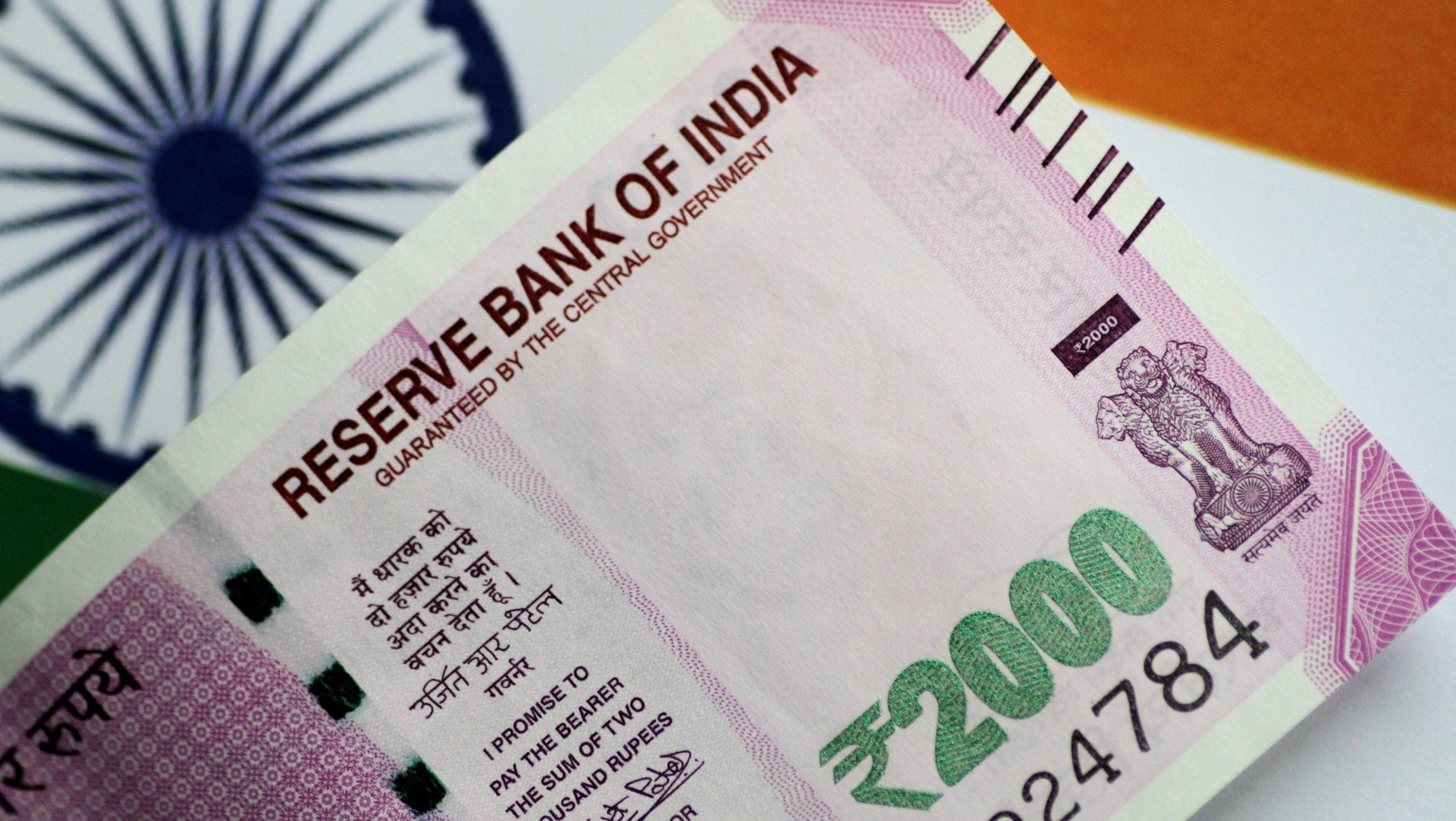How has the rupee managed to survive Covid’s onslaught on the Indian economy?
The Covid-19 pandemic has thrown the Indian economy into an unprecedented recession. Hundreds of small businesses have shuttered, unemployment is on the rise, and household incomes are dwindling. But despite this upheaval, the Indian currency has remained surprisingly stable.


The Covid-19 pandemic has thrown the Indian economy into an unprecedented recession. Hundreds of small businesses have shuttered, unemployment is on the rise, and household incomes are dwindling. But despite this upheaval, the Indian currency has remained surprisingly stable.
On July 7, the Indian rupee was valued at 74.62 to the dollar as compared to 75.66 in the last week of March 2020 when the pandemic first reached the country’s shores.
Experts believe that a combination of global and domestic factors has helped the rupee to remain strong, and most of the reasons are linked to the positive long-term outlook on India. “People digested the fact that lockdown would lead to a contraction in the economy very quickly. They focused on how fast the economy was pulling out of it,” Abheek Barua, chief economist of HDFC Bank said. “So the rupee outperformed its Asian emerging market peers.”
Indian rupee and the Covid-19 pandemic
At the end of March 2020, when India went into a sudden and unprecedented lockdown, the Indian currency felt some heat for a bit. In April, the rupee touched a record low of 76.92 against a dollar. There was nervousness among global investors, which was also evident in the stock markets that went into a near tailspin.
However, India’s central bank quickly sprung into action to calm nerves. The Reserve Bank of India (RBI) called for at least three unscheduled briefings for policy announcements, to show its seriousness towards supporting the economy. The central bank took some unprecedented measures, including reducing the repo rate—the rate at which it lends to banks—by 115 basis points until now. The measure was aimed at encouraging banks to lend money to businesses so they could survive the tough lockdowns.
In fact, several central banks across the world did the same, and that worked in India’s favour. With interest rates in other countries low, global investors flocked to emerging markets, flushing India with liquidity. So basically, even when the Indian economy was staring at a recession, foreign investors were putting their money into the country.
“The net result of so much global liquidity has been to decouple the financial markets from what was happening on the ground because of the pandemic,” Barua, of HDFC Bank said.
India and Asia
What also helped India is the fact that it has a higher capacity to absorb shocks as compared to its Asian peers, according to experts. “(Take) Thailand’s case, for instance. Tourism is such a big support and that has collapsed. Investment opportunities, in general, were already limited in these economies. They are a little too expensive in terms of wage levels to offer serious offshoring opportunities,” Barua said.
India also remains a favored destination for investors because of the low per capita income in comparison to other Asian economies.
The total foreign direct investments into India grew by 10% year-on-year (pdf) in the financial year 2020-21 (April-March) to an all-time high of $81.72 billion (Rs6.08 lakh crore), according to data released by the Department for Promotion of Industry and Internal Trade in May.
Singapore was the largest investor, with a share of 29% during the year. It was followed by the US with 23% share, and Mauritius with 9%, the data showed.
Most experts are of the view that despite the devastating second wave of Covid-19 and the anticipation of the third wave by August, the Indian rupee is likely to remain strong in the long run.
India’s currency management
In the last two months, the Indian rupee has seen some pressure because of the rise in global crude oil prices. However, the RBI’s bumper foreign exchange reserves are good enough to save the rupee from weakening sharply in adverse times.
Since April 2020, the Indian central bank has added a whopping $134.34 billion to its coffers, taking the total forex reserves to $608.99 billion (pdf) as of June 25. This is the highest-ever forex reserve held by India.
In addition, there are expectations that central banks across the globe will continue to keep their policy rates low, especially given the recent concerns of the delta variant, which could lead to an increase in Covid-19 cases in countries that have had some respite from the pandemic for the last few months.
“While the recent spike in crude oil prices and financial market volatility has caused some dent to rupee’s performance, the continued foreign interest accompanied by a decline in the number of new infections, and the vaccination pace will likely limit the losses (in the rupee),” Shashank Mendiratta, an economist at technology company IBM India said.